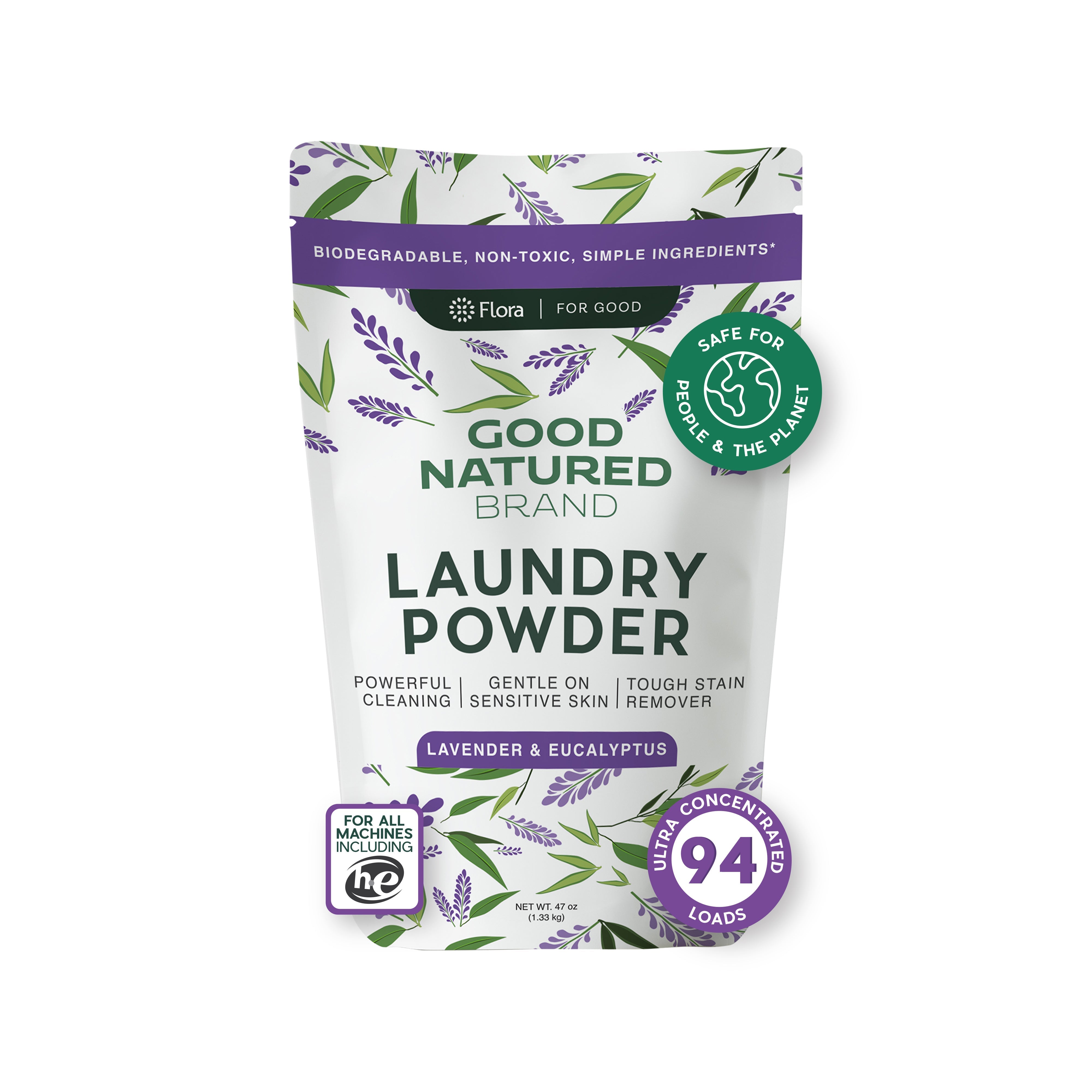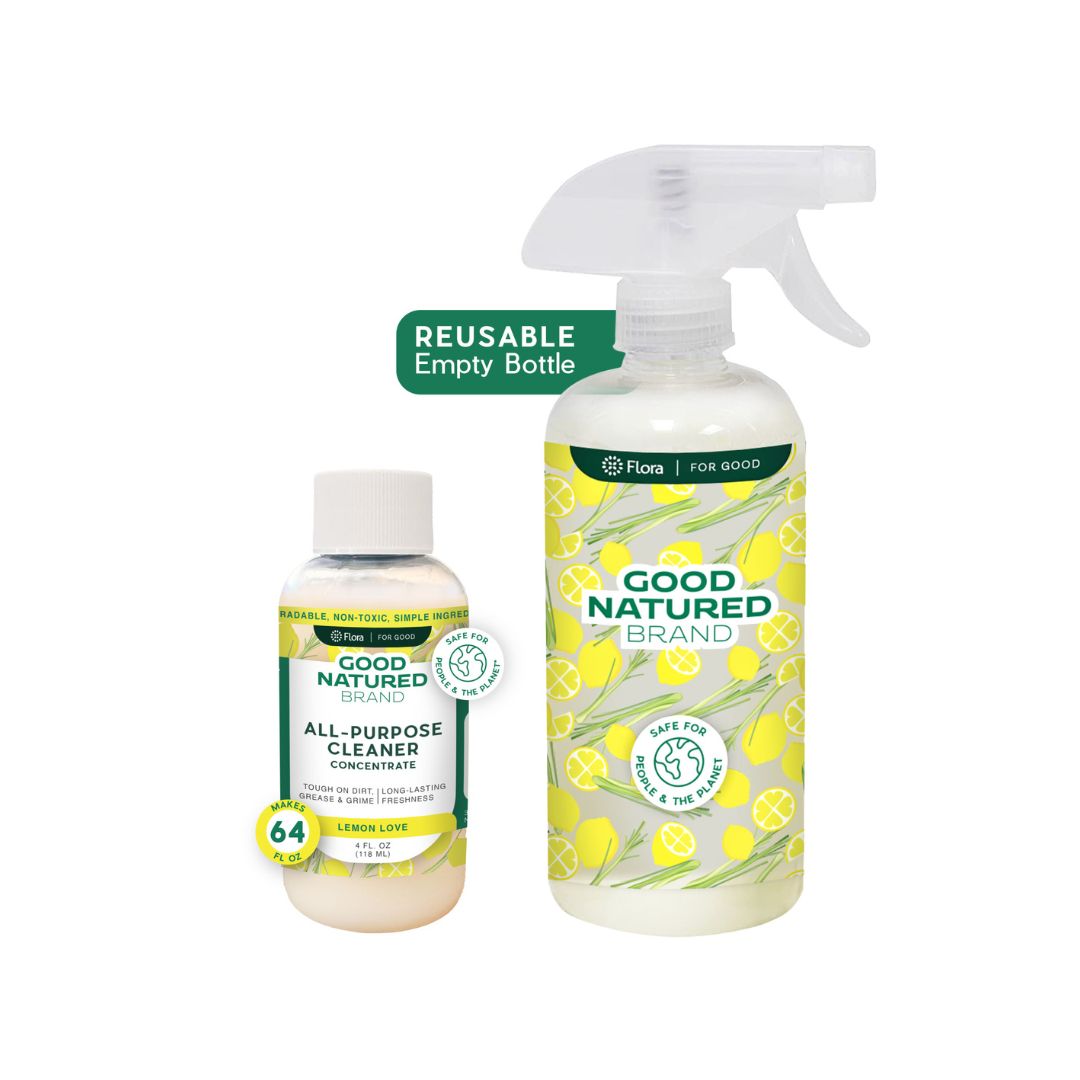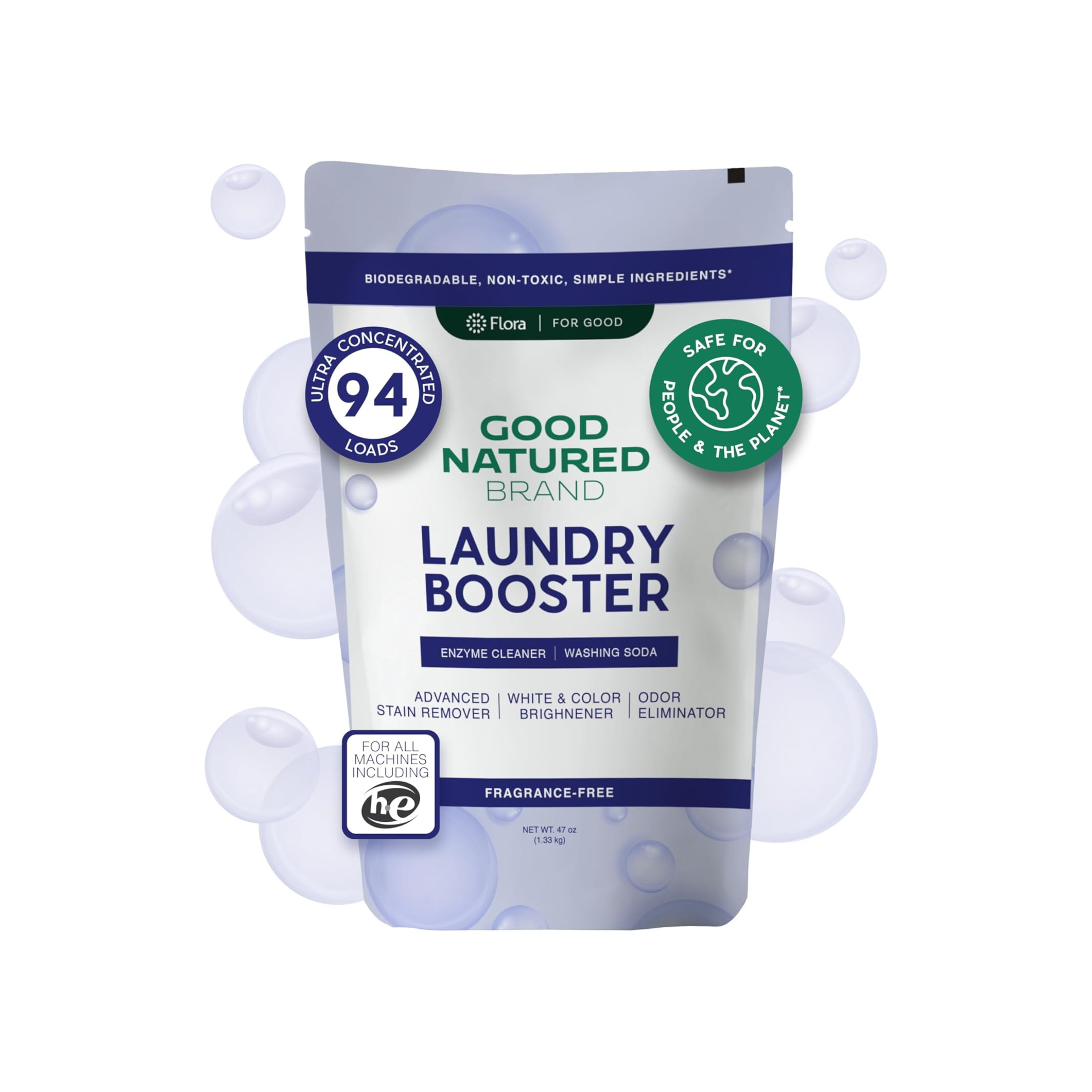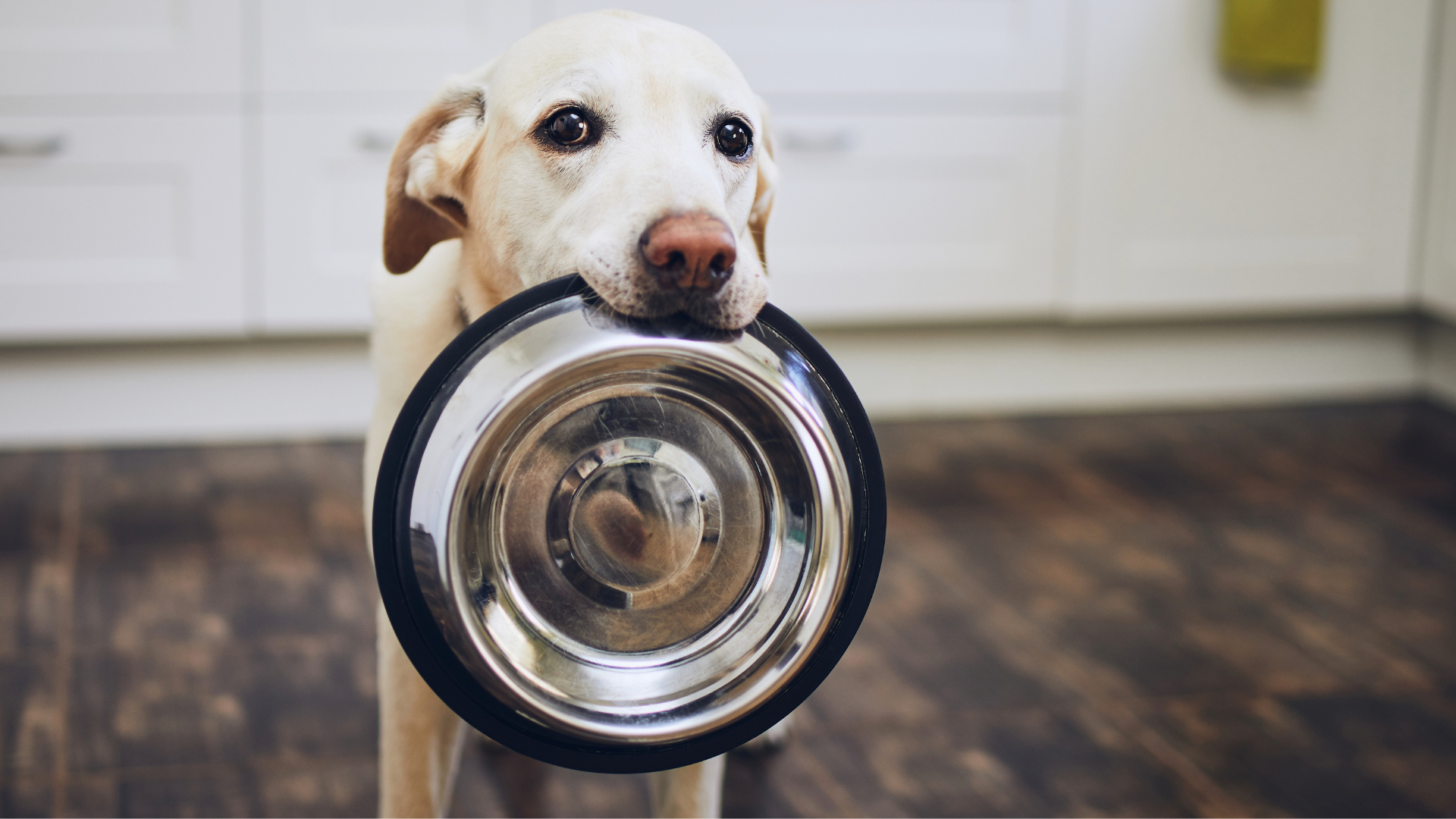Keeping your active outdoor dog properly hydrated is essential for their health, performance, and overall happiness. As pet owners, understanding the importance of hydration and how to ensure that our dogs get enough water during outdoor activities can make a significant difference in their well-being. In this blog, we will explore the best hydration tips for active outdoor dogs, providing you with comprehensive information to keep your furry friend happy and healthy.
Understanding the Importance of Hydration
Water is vital for all living beings, and dogs are no exception. It plays a crucial role in various bodily functions, such as regulating body temperature, aiding in digestion, and helping to transport nutrients. When dogs are active outdoors, especially in warm weather, their hydration needs increase substantially.
Recognizing Signs of Dehydration
As a caring pet owner, it’s important to recognize the signs of dehydration in your dog. Symptoms may include:
-
Dry gums and tongue
-
Lethargy or decreased energy
-
Loss of skin elasticity (when you gently pinch the skin, it should return quickly)
-
Excessive panting
-
Reduced urine output or concentrated urine
If you notice any of these signs, it’s crucial to provide your dog with water immediately. Understanding these signs can help you prevent serious health issues caused by dehydration.
Factors Influencing Your Dog's Hydration Needs
Several factors can influence how much water your dog needs, especially when they are active outdoors.
Activity Level
The more active your dog is, the more water they will need. Regular exercise increases their fluid loss through panting and sweating (which dogs do through their paw pads). If your dog enjoys long hikes, runs, or playing fetch, make sure to offer water breaks frequently.
Weather Conditions
Hot and humid weather can lead to increased dehydration. On warm days, your dog will need more water to stay cool and compensate for the fluids lost through panting. It’s important to monitor the temperature and adjust your dog’s hydration routine accordingly.
Diet
The type of food your dog eats can also affect their hydration levels. Dry kibble contains less moisture than canned food or fresh fruits and vegetables. If your dog primarily eats dry food, they may need extra water to stay hydrated. Adding water or low-sodium broth to their meals can help increase their fluid intake.
Size and Age
Larger dogs typically require more water than smaller dogs, and puppies or senior dogs may have different hydration needs that should be monitored closely. Always adjust the amount of water you provide based on your dog’s size, activity level, and life stage.
Tips for Keeping Your Dog Hydrated During Outdoor Activities
Ensuring your dog stays hydrated while enjoying outdoor adventures can be accomplished by following these tips:
Provide Fresh Water at All Times
Always carry fresh water for your dog when heading outdoors. Portable water bottles designed for dogs can be very convenient. Make sure your dog has access to water frequently, especially during breaks in activity.
Use Portable Water Bowls
Invest in a collapsible water bowl or a travel dog bowl that you can easily carry with you. These bowls make it easy to provide water for your dog whenever they need it.
Hydration During Exercise
Plan regular water breaks during your outdoor excursions. A good rule of thumb is to offer water every 15 to 30 minutes of activity, especially on hot days. This will ensure your dog stays hydrated throughout their adventures.
Recognize When to Hydrate
Pay attention to your dog’s behavior. If they begin to slow down, pant heavily, or show signs of fatigue, it’s a good indication that they may need a drink. Always listen to your dog’s needs.
Hydration Packs for Dogs
For longer hikes or outdoor activities, consider a hydration pack specifically designed for dogs. These packs can hold water and have built-in bowls for easy access during breaks. They’re a great way to ensure your dog has enough water on the go.
Flavoring Water
If your dog is reluctant to drink water, consider adding a splash of low-sodium broth or pet-safe flavor enhancers to make the water more enticing. This can encourage them to drink more often.
Ice Cubes and Frozen Treats
On hot days, ice cubes can be a fun and refreshing way to hydrate your dog. You can also create frozen treats using dog-safe ingredients like fruits or pureed veggies mixed with water. This not only keeps your dog hydrated but also provides a tasty snack!
How to Keep Your Dog Hydrated During Outdoor Activities
Always Provide Fresh Water
The foundation of keeping your dog hydrated is ensuring they have access to clean, fresh water at all times. This is especially important during outdoor activities when they are more active and prone to dehydration. Always carry enough water for both you and your dog when heading out for a walk, hike, or play session at the park.
Investing in a portable water bottle with an attached bowl can make it easy to offer your dog water on the go. Look for options that are specifically designed for dogs, making it convenient for them to drink anytime.
Use Portable Water Bowls
When engaging in outdoor activities, having a portable water bowl is essential. Collapsible bowls are lightweight and easy to carry, allowing you to provide water to your dog without any hassle. Whenever you take a break, encourage your dog to drink, especially if you notice signs of panting or fatigue.
Hydration During Exercise
When participating in strenuous outdoor activities, it’s crucial to schedule regular hydration breaks. A good rule of thumb is to offer water every 15 to 30 minutes during physical activity, particularly on warm days. This will help maintain your dog’s energy levels and prevent overheating.
If you’re hiking or running, plan your route to include shaded areas or places where you can stop for water breaks. Recognizing when your dog needs hydration can prevent dehydration and keep them comfortable.
Recognizing When to Hydrate
Understanding your dog’s body language can help you determine when they need a drink. Signs that your dog may be getting dehydrated include excessive panting, slowing down during activity, or seeking shade. If you notice any of these behaviors, it’s essential to stop and provide water immediately.
Hydration Packs for Dogs
For longer hikes or outdoor adventures, consider using a hydration pack specifically designed for dogs. These packs allow you to carry water and have built-in dispensers or bowls, making it easy to hydrate your dog while on the move. This is particularly useful for long trails where access to water might be limited.
Flavoring Water
If your dog tends to be picky about drinking water, consider adding a splash of low-sodium broth to make it more enticing. This can encourage them to drink more, especially during hot weather or after intense exercise. Ensure that any flavor enhancers are safe for dogs and free from harmful ingredients such as garlic or onion.
Ice Cubes and Frozen Treats
On hot days, ice cubes can be a fun and refreshing way to keep your dog hydrated. Many dogs enjoy chewing on ice cubes, which can help cool them down. Additionally, consider making frozen treats by blending dog-safe fruits with water and freezing them in molds. This not only keeps your dog hydrated but also serves as a delightful snack during outdoor play.
Incorporating Water-Rich Foods
Adding water-rich foods to your dog's diet can enhance their hydration levels. Fruits like watermelon, cucumbers, and oranges not only provide hydration but also offer essential vitamins and nutrients. You can slice these fruits into bite-sized pieces and offer them as treats during your outdoor activities.
Preparing for Outdoor Activities
Hydration Planning
Before heading out, ensure you have a hydration plan in place. This includes calculating how much water you will need based on the duration of your activity, the weather conditions, and your dog's size. Always err on the side of caution and bring more water than you think you’ll need.
Understanding Your Dog's Limits
Every dog has different endurance levels, so it’s crucial to know your dog’s limits. Monitor their energy levels during activities and be prepared to cut your outing short if they show signs of fatigue or dehydration.
Maintaining a Clean and Fresh Environment
Keeping your dog’s hydration station clean is just as important as providing fresh water. Regularly clean water bowls and hydration packs to prevent bacteria buildup. Use All Purpose Cleaners that are safe for pets to maintain hygiene in your dog’s feeding area.
Additionally, consider using Carpet Deodorizers to eliminate any odors that may arise from spills or accidents during outdoor play.
Conclusion
Hydration is crucial for your active outdoor dog’s health and well-being. By implementing these hydration tips, you can ensure that your furry friend remains happy, healthy, and hydrated during all your outdoor adventures. Always remember to monitor their water intake, recognize the signs of dehydration, and provide fresh, accessible water whenever they need it.
For more tips on caring for your pets and maintaining a clean environment, explore our range of products, including Laundry Powders and Room and Linen Sprays to keep your home fresh and inviting. Stay tuned for more insights on keeping your pet healthy and thriving!


















